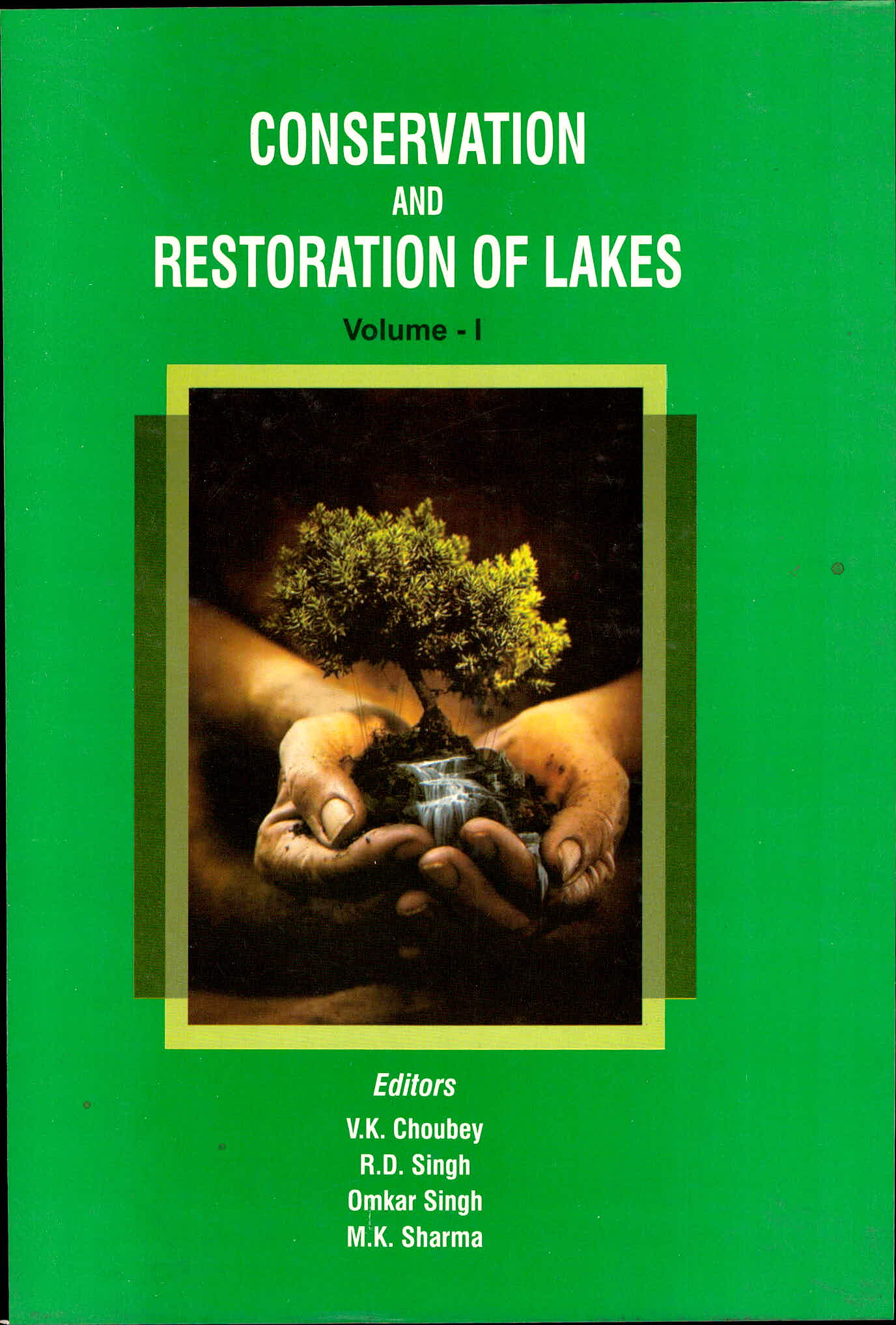DSpace Repository
24-Proceedings of the National Seminar on Conservation and Restoration of lakes (CAROL-08), 16-17 October 2008 at National Environmental Engineering Research Institute, Nagpur (India),Volume - I
- DSpace Home
- →
- Conference Proceedings
- →
- National Seminar/Workshop
- →
- 24-Proceedings of the National Seminar on Conservation and Restoration of lakes (CAROL-08), 16-17 October 2008 at National Environmental Engineering Research Institute, Nagpur (India),Volume - I
JavaScript is disabled for your browser. Some features of this site may not work without it.
24-Proceedings of the National Seminar on Conservation and Restoration of lakes (CAROL-08), 16-17 October 2008 at National Environmental Engineering Research Institute, Nagpur (India),Volume - I
Browse by

Recent Submissions
-
(National Institute of Hydrology, 2008)
-
Contents (National Institute of Hydrology, 2008)
-
(National Institute of Hydrology, 2008)In India majority of population still depends upon the natural water resources for fulfilment of most of their requirements. Lakes are the foremost in the natural resources and supplying water for variety of uses. Therefore ...
-
(National Institute of Hydrology, 2008)Many lakes in India are in lime light in recent years because of the problems they are facing. The number of such lakes, and the number of problems of these lakes are increasing. In order to overcome the various problems ...
-
(National Institute of Hydrology, 2008)Drought characteristics over different climatic regions in India have been related with the ratio of mean annual potential evapotranspiration to mean annual precipitation (EP/Pa), distance from mountains and sea coast. The ...
-
4-Assessing risks of climate variability on water availability of the Upper Bhopal Lake ( M.P) India (National Institute of Hydrology, 2008)Climate change is the long term shift in the climate of a specific location and it can be measured by the changes in features associated with average weather, such as temperature, wind patterns, runoff and precipitation. ...
-
(National Institute of Hydrology, 2008)The Sagar lake is situated in the heart of Sagar city of Madhya Pradesh and is two hundred years old with an artificial origin. Today, this lake is facing the same problems being faced by other lakes in India such as ...
-
(National Institute of Hydrology, 2008)The Upper Bhopal Lake is the only source of water for the city of Bhopal. Economic as well as recreational activities of the city of Bhopal is dependent on the water availability in the Upper Bhopal Lake which receives ...
-
(National Institute of Hydrology, 2008)The global climatic change during the first half of the twentieth century has brought a tremendous impact on the high mountainous glacial environment. Many of the big glaciers melted rapidly and gave birth to the origin ...
-
(National Institute of Hydrology, 2008)Evaporation in lakes is influenced by various factors such as temperature, radiation, atmospheric pressure, wind, sunshine hours, relative humidity, water quality etc. However, relative significance of the various factors ...
-
(National Institute of Hydrology, 2008)Spatial variability of sediment properties in Vembanad Lake, southwest coast of India is studied. Vembanad lake is a major estuary connected to sea at Kochi (Kerala). The parameters observed are particle size distribution, ...
-
(National Institute of Hydrology, 2008)For meeting the growing demands of groundwater in hard rock areas, artificial or man-made percolation tanks have become important structures for augmenting groundwater recharge for future development and management of ...
-
(National Institute of Hydrology, 2008)The management policy for any lake depends upon the inflow of water and nutrients into the lake from its catchment. The catchment characteristics such as geomorphology, geology, hydrological soil properties influence to a ...
-
(National Institute of Hydrology, 2008)The present work provides an ecological study on the hydrophytic community as well as physiochemical study of water body of the Govindgarh Lake Rewa. Four sample locations were selected in the study area representing various ...
-
(National Institute of Hydrology, 2008)The present study has been undertaken to evaluate Physico-chemical parameters. Water samples were collected from Killa Lake, Belgaum at two places and analyzed. The results reveal that the lake water is polluted due to the ...
-
(National Institute of Hydrology, 2008)Cadmium is a toxic heavy metal for humans, animals and plants which enters the environment mainly from anthropogenic sources including smelters and by applications of fertilizers and sewage sludge. Effective and economical ...
-
(National Institute of Hydrology, 2008)The Chilika, located along Orissa Coast, is the largest brackish water Lagoon in Asia. As part of its protection and conservation measures, a new mouth was dredge opened at Sipakuda to facilitate free water exchange between ...
-
(National Institute of Hydrology, 2008)Chilika Lagoon, situated on the east coast of India is one of the hot spot of biodiversity in the country. The lagoon is highly productive ecosystem with rich fishery resources. There are 34 species of crabs available in ...
-
(National Institute of Hydrology, 2008)Chilika Lagoon, a much focused designated Ramsar site of international importance and largest coastal wetland ecosystem in Indian subcontinent, is one of the finest repositories of aquatic biodiversity and steady sources ...
-
(National Institute of Hydrology, 2008)Futala lake is one of the prime lake of Nagpur. The lake is a rainwater impoundment with a water spread area of 37.58 hectares and average depth of 4.5 meters during monsoon. Due to increase in population at the vicinity, ...